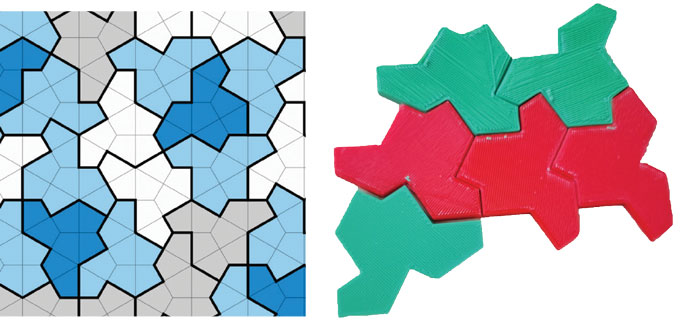Exploring the Depths: Subglacial Cavern beneath West Antarctic Glacier
A remarkable discovery has been made hundreds of meters beneath the Kamb Ice Stream in West Antarctica. A subglacial river has carved out a dark and water-filled cavern, resembling a “cathedral.” The cavern, as reported by Douglas Fox in the article “Journey under the ice” (SN: 4/22/23, p. 18), reveals signs of life.
One reader, Bob Masta, inquired about the amount of sunlight that penetrates the ice above the cavern.
“Essentially no light is able to pass through the thickness of the ice. These subglacial environments are truly devoid of light,” explains Fox. “The ice is opaque and filled with bubbles and inclusions, causing it to scatter light until it eventually dissipates to darkness after a certain depth.” Fox notes that this darkness is consistent with other observations of subglacial environments, such as those beneath the Thwaites ice shelf and the Whillans Ice Stream.
Language and the Brain: Insights from MRI Scans
A study involving MRI scans of nearly 100 native speakers of either Arabic or German has revealed interesting differences in how the language circuits of the brain are connected. Elise Cutts explores this topic in her article “Native language shapes the brain” (SN: 4/22/23, p. 8).
Several readers expressed curiosity regarding the implications for individuals who grow up speaking multiple languages.
Cognitive neuroscientist Angela Friederici from the Max Planck Institute for Human Cognitive and Brain Sciences in Leipzig, Germany, suggests that multilingual individuals may have an advantage in acquiring new languages. With their brain connections influenced by multiple languages, these individuals likely possess an expanded neural capacity to handle different languages, thereby facilitating the learning of additional languages.
Acoustic Clues: Plants’ High-Frequency Sounds
In a fascinating discovery, it has been found that tomato and tobacco plants emit high-frequency sounds when they are in need of water. Meghan Rosen reveals this discovery in her article “Parched plants make ultrasonic clicks” (SN: 4/22/23, p. 13).
Roger Pyle, a reader, shares his childhood memories of growing up and hearing the “sounds of corn growing” after rain. He recalls his experiences in rural Pennsylvania, where he lived near a field of crops. Although he couldn’t determine the exact nature of the sounds, Pyle muses that the clicking noises of thirsty plants welcoming a drink may have been amongst the auditory landscape of the cornfield.
Unsung Heroines of Science: Marie Tharp’s Contribution
Marie Tharp, a geologist and cartographer, overcame challenges as a woman in a male-dominated field and dedicated herself to mapping the seafloor. Betsy Mason highlights Tharp’s groundbreaking work, which provided visual evidence for the theory of continental drift, in her article “Marie Tharp brought us the ocean floor” (SN: 4/22/23, p. 24).
Charlotte Howell, a reader, expresses her excitement upon reading about Tharp. Howell shares her brief experience working at Lamont-Doherty Earth Observatory and her exposure to the scientific world through her father’s career. She eagerly anticipates future articles on women scientists in Science News, having already gained inspiration from biographies of notable figures such as Marie Curie and Rosalind Franklin.
Denial of responsibility! SamacharCentrl is an automatic aggregator of Global media. In each content, the hyperlink to the primary source is specified. All trademarks belong to their rightful owners, and all materials to their authors. For any complaint, please reach us at – [email protected]. We will take necessary action within 24 hours.

Shambhu Kumar is a science communicator, making complex scientific topics accessible to all. His articles explore breakthroughs in various scientific disciplines, from space exploration to cutting-edge research.



